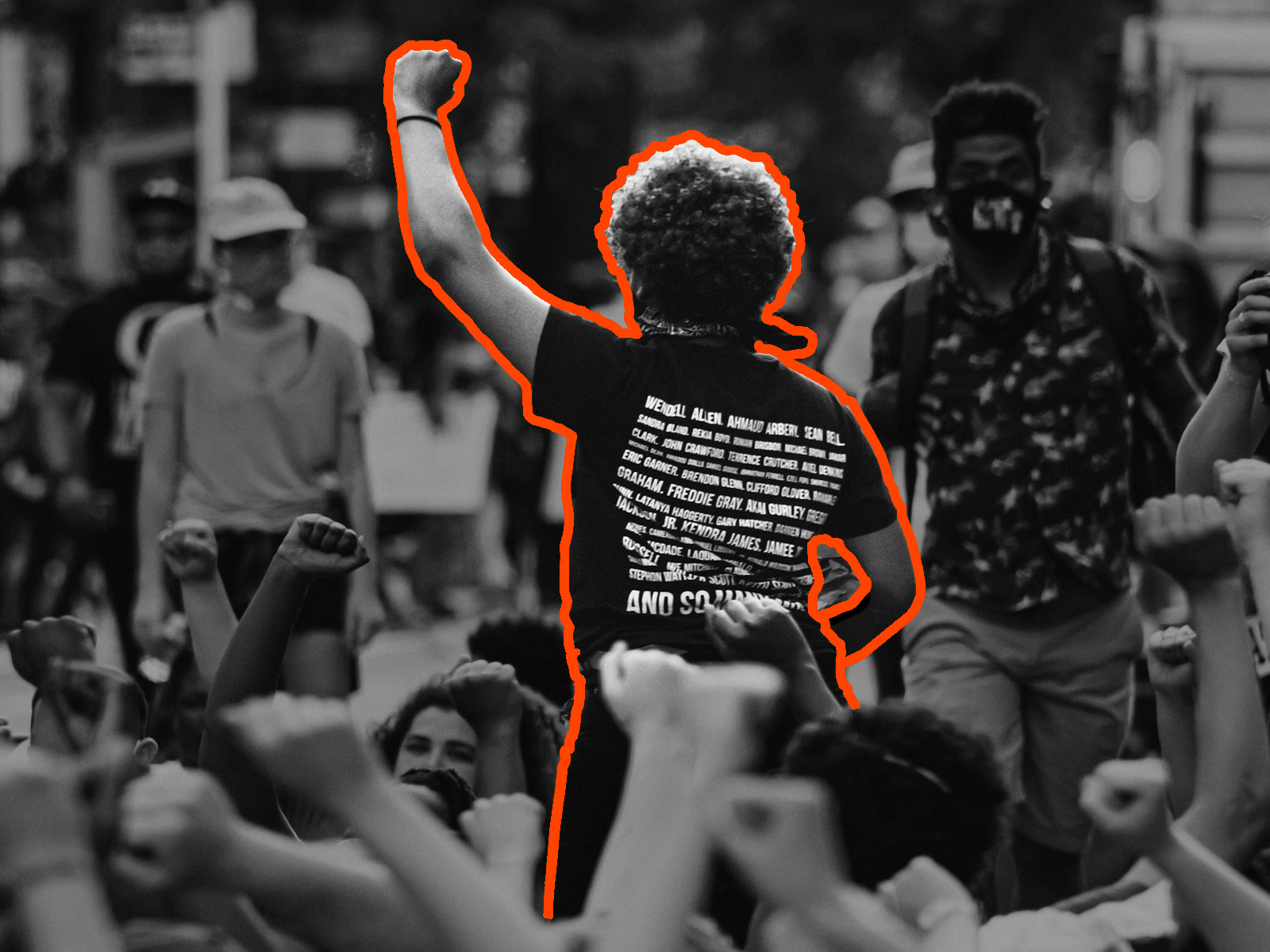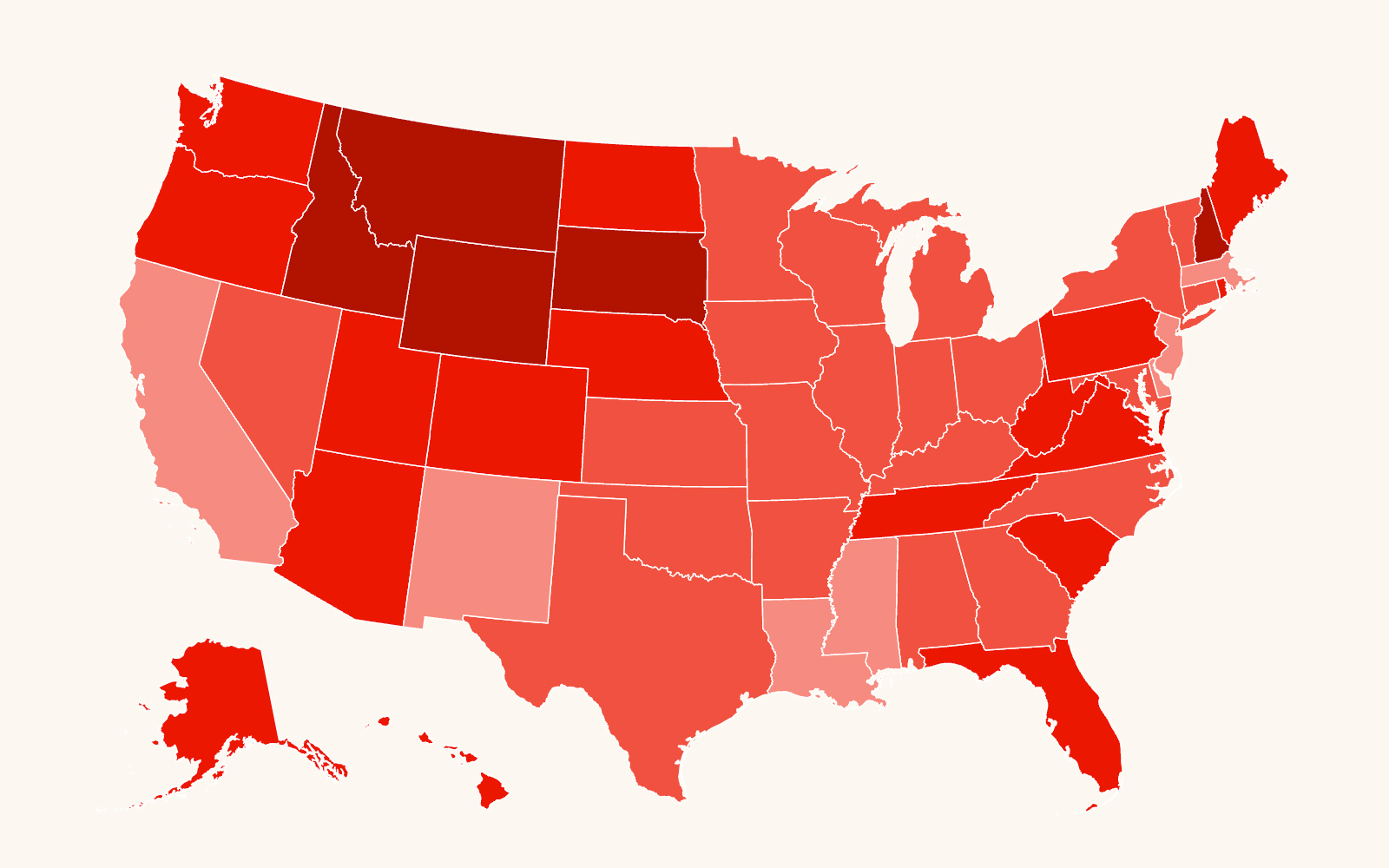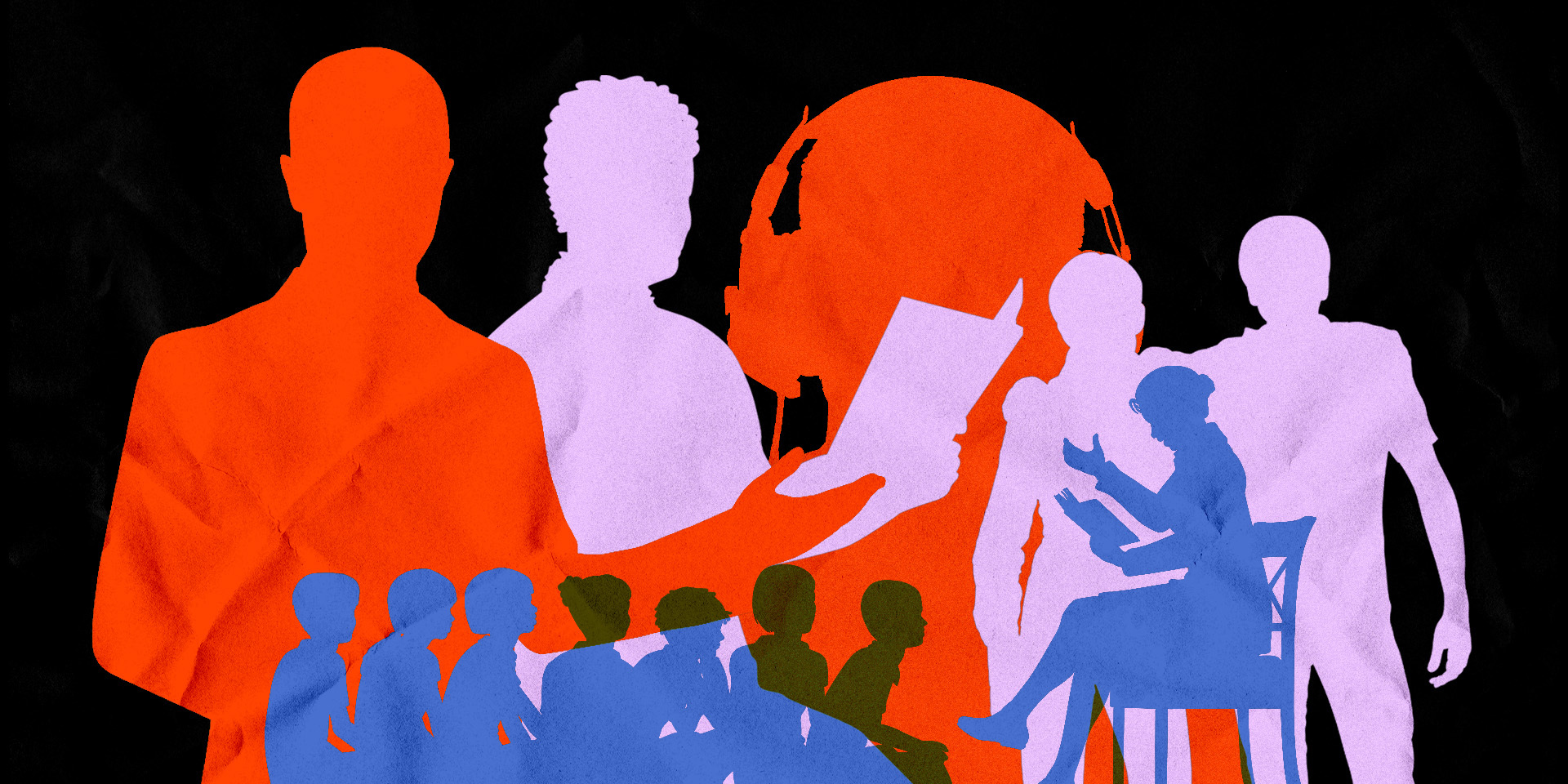We live in chaotic times. Yet much of the political, legal and activist response is shackled to the ways of the past.
The recent “Hands Off” demonstrations are indicative of the problem. The protests brought groups together and motivated (mostly older and white) liberals but did little to change the status quo.
How, then, to move the needle?
Consider what Mamie Till-Mobley did in 1955 after racial bigots killed her son, Emmett Till. She allowed closeup photos of Emmett’s mutilated face. They moved untold numbers of African Americans to unparalleled action. Then Mamie decided to have an open casket funeral for Emmett. “Let the people see what they did to my boy,” was her mantra.
Those events took the story to the world, energizing the modern Civil Rights Movement as never before.
We need that kind of creative action to combat the evils of “flood the zone” tactics designed to create chaos and confusion while circumventing judicial relief.
Here are 10 preliminary suggestions:
- Identify the problem: Explain and document the nature and scope of the problem. Professor Timothy Zick has done just that with President Donald Trump’s executive orders affecting free speech.
- Take collective action: There is safety in numbers. When individuals, law firms or colleges stand alone, they are then the most vulnerable.
- Don’t settle for mass one-day, feel-good demonstrations: Peaceful dissent is important, but it must be linked with other actions as creatively and continually as possible.
- Take targeted messages and organizing to red states: Educate and inform red state residents how economic and other harms affect them.
- Create a united front: We cannot afford to be siloed. We need cross-communication and cross-action — e.g., civil rights groups working with other such groups along with law firms and college officials, etc.
- Develop strategies to encourage creative lawyering: The administration uses executive orders and litigation to create chaos and impose hardships. A legal strategy has to be developed to address that stratagem as part of a larger coordinated agenda.
- Develop a “big tent” approach to action: Lawyers must join with educators, writers, artists, politicians, religious leaders and activists to combat authoritarianism.
- Create workshops (instead of “academic” conferences): Bring people with different backgrounds together to identify problems and courses of action to combat them. Develop a model for such workshops as a prelude to action.
- Flood the zone with daily actions and press coverage: Counter the momentum of the “flood” strategy.
- Insist concerned lawmakers voice effective strategies for united action.
For sure, there is more to be said. So let’s begin to get creative.
Ronald K.L. Collins, a former law professor and First Amendment scholar, is the editor of the weekly online blog First Amendment News.
Illustration by the SPLC.



